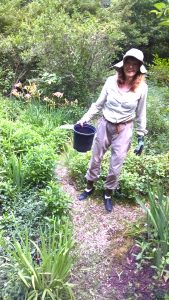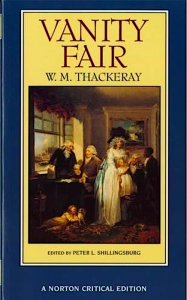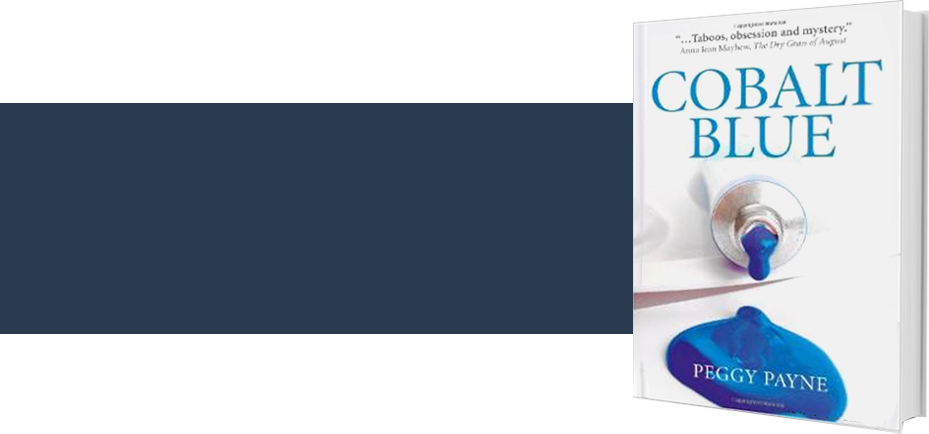8 Self-Soothers, 2 Reminders, 1 Fresh Resolve
Hi, Nicholas, I put together a list of activities I’m finding calming in these unsettling times. Eight highly-personal-to-me self-soothers or restorers of balance. I’m convinced that inner equilibrium is a small step toward health and world peace.
The List
1. Contributing to favored causes in several smaller amounts on separate days instead of one larger one. Gives me the feeling of continuing to be useful.
2. Consuming Harris Teeter No-Sugar-Added Moose Tracks Ice Cream. Magical! Tastes like sugar, yet confers feel of dietary virtue.

3. Extra sleep. Pretty much irresistible.
4. Work on my book-in-progress and on manuscript critiques for others. I’m lucky I can work in lock-down at home.
5. Gardening. Here you see the last of the roses, as well as two of the few but treasured current blooms in our shady woodland patch (we also have heavenly gardenias), and my fetching insect-repelling gardening apparel (we have hellish ticks).



6. Coloring. I’ve had a resurgence of enthusiasm for this childish pastime. It’s weirdly engaging.

7. Reading fat dense novels that require total immersion to enjoy–challenging prose or stories of a different time or place

8. Telling myself that the racial strife is at a pivotal point and we’re painfully turning now toward a better world.
What’s not at all soothing
…in our continuing stay-home-stay-healthy routine:
*The increasing clutter. Witness my “floor office” at home with research for my book-in-progress.

*Attempts to get better organized. These only add to distress.
Two Reminders!
*So much is good in my life: love and work and even the unexpected respite and rethinking of long-established routines.
*I must not get complacent about PPEs on grocery store runs. The numbers of new virus cases in this state breaks the record again day after day.
One Fresh Resolve
I told husband Bob I wanted to find a way to stop being so hard on myself. This habit doesn’t lead to anything good. He dug out of one of his book piles a copy of Hardwiring Happiness. It suggests focusing on small daily good experiences for ten to twenty seconds each, thereby beefing up the happiness wiring in the brain. I’m going to do this. It seems easy compared to the impossible task of stopping thoughts I don’t want.
And now that I think about it: two other small reliable self-soothers–blogging about my inner workings and making lists.
I think that’s all for now.
Peggy
Categories: Uncategorized
Tags: be useful, challenging prose, daily good experiences, extra sleep, fat dense novels, finding calming, get complacent, Hardwiring Happiness, lock-down at home, making lists, manuscript critiques, pivotal point, racial strife, restorers of balance, stop being so hard on myself, stopping thoughts, total immersion, unexpected respite, wiring in the braininner equilibrium



Comments
Start a gratitide journal. Focus on the good things in your life and you will attract more of them. Oprah was right about this.
Excellent idea, kenju. Are you keeping a gratitude journal yourself? Did you see an immediate change from doing it?
I find your blog very calming in these crazy times! 🙂
Something I did many years ago while in intensive psychotherapy was to apply Albert Ellis’ rational emotive therapy techniques. You observe the internal critical voice and instead of trying stop those messages from playing inside your head, you substitute positive, nurturing messages. Over time, the positive thoughts begin to assert themselves to the degree that they often just get rid of the critical ones. I used to think many times a day “you are screwing everything up” and “you are so out of control.” I subbed “you are doing the best you can right now and that’s okay” and “you will be okay.” This sounds so simplistic but it made a remarkable difference in my anxiety and moments of panic. It made such an impact on me it became one of the things I taught every client I worked with. Those who implemented it reported similar results. The thing I love about it is that you can do it any time, and it’s always helpful to some degree when you do it. If you keep doing it, you get better results, but it’s a tool that is there to use without pressure.
I love your garden gear! 🙂 This time of year I end up sweating a lot when outside working so I tend to look disheveled – but I have a multitude of very cool gardening/sun hats in many colors and styles as one way to address that. Your flowers are gorgeous! Not sure if you ever buy plants from the NC Botanical Garden, but they opened last week for online orders and curbside/no contact pick up. I got a batch of natives to make a new/small pollinator plant bed inside my veggie garden space. It was supremely calming – perusing their list of plants, ordering, the pick up, and the planting. I already have several things blooming in this new bed!
Billie, thanks for the info about the NC Botanical Garden and the very useful reminder about Ellis’s technique. Read it years ago and then forgot to do it. Forgetting to USE the stuff that works is so easy to do.
My garden-wear is great for dealing with bugs, but it does get hot. Night-time gardening may be a coming thing.
Hey Billie, Nice to run across you here again. Your Self-Talk technique is usefully simple and effective. I don’t think I got it from Ellis, and I don’t know where or from whom I might have borrowed it. The CBT folks have elaborate systematic ways to do it, but I prefer your efficient way. We do tend to use what worked for us, don’t we? And thank goodness a lotta things did help pull our bootstraps up and out of stuck in the mud. bob
Hey, Bob, I knew you would know! I was a psychotherapy client who did massive amounts of reading outside the sessions and I’m not sure how I found Albert Ellis’ book but do recall it was deep in the stacks at Perkins Library at Duke. The book itself wasn’t exactly simple reading but I plucked this part out and found it truly helped. As you know, everyone is different and so having a big toolbox of things to offer clients is good, but I agree – the simplistic nature of this is I think its beauty. As are cheat cards taped to the inside of the bedroom closet, the bathroom med cabinet, and the car visor. As Peggy wisely notes here, the hardest thing is remembering to do these techniques, so I always made cheat cards and gave them to clients to carry home and into the world. When you get anxious, upset, etc. go find the closest cheat card and do everything on it until you feel better. Was it Milton Erickson who did all the quick fixes that seemed like magic? I remember reading someone doing that kind of thing, and it always seemed simple yet elegantly, magically done. I know you’ve done the same!
Yes, Dr Erickson was known for relatively quick, even 1 session fixes of previously resistant problems. See J.Heley-Uncommon Therapy for an overview of his life and clinical wonders. We carry on the tradition of creativity and flexibility. bob
This is a lot of what I’m thinking about these days. So much good thinking packed into this post. Thank you, Peggy
Thanks, Randee. Feel free to kick in any good self-soothing tricks you’ve come up with.